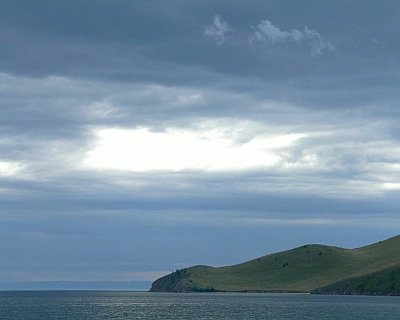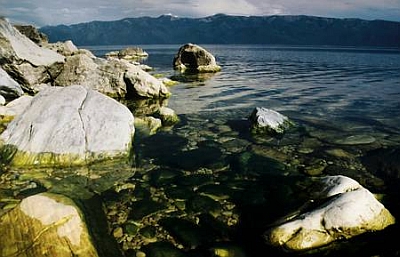Remote Sensing of Natural Heritage Sites
Lake Baikal, Russian Federation (1/2)
Lake Baikal is located in south-east Siberia, in the Irkutsk and Chita regions, in the Russian Federation. This 3.15-million-ha lake is the oldest (25 million years) and deepest (1,700 m) lake in the world. It contains 20% of the world's total unfrozen freshwater reserve.
Known as the 'Galapagos of Russia', its age and isolation have produced one of the world's richest and most unusual freshwater faunas, which is of exceptional value to evolutionary science. For its outstanding importance to the common heritage of the humanity this lake became part in 1996 of to UNESCO World Heritage List.
The Lake Baikal is also one of the world's most biologically diverse lakes with 1,500 species of aquatic organisms living in the lake, 80% of them endemic. The most notable animal is the endemic Baikal seal, a unique freshwater species in what is otherwise a marine mammal.
It has also 40 fish species and its waters are also particularly rich in shrimp-like amphipod and flatworms' species: 255 and 80 species respectively (an average lake in Europe would have 3 species of amphipods and 8 flatworm species).
The great variety of the plants in the basin is determined by its climatic asymmetry: the western part of the basin is occupied by light coniferous forests and mountain steppes; in the eastern part pine forests predominate; and in the north it is covered by deciduous forests.
The formation of the geological structures in the basin took place during the Palaeozoic, Mesozoic and Cenozoic periods. The lake is still geologically dynamic and continues to grow by approximately 1.5 cm a year.


